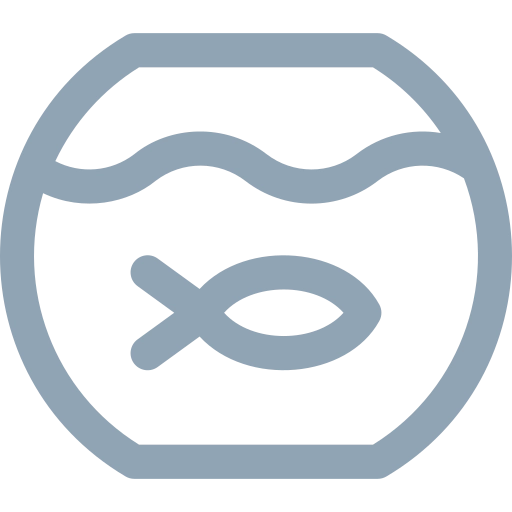



Product Details

Temperament
Semi Aggressive
"Add the exotic Flower Horn to your aquarium! Known for its vivid colors and unique head shape, this fish is a striking centerpiece for any tank."
Overview: The Flower Horn cichlid, a hybrid species, is renowned for its vivid coloration, distinct head shape (known as a "kok"), and engaging personality. These fish are the result of selective breeding, combining various cichlid species to produce a unique and stunning aquarium inhabitant. Flower Horns are popular among aquarists for their striking appearance and dynamic behavior.
Appearance:
- Coloration: Flower Horns exhibit a wide range of colors, including vibrant reds, blues, and yellows. Their scales often have a pearlescent sheen, adding to their visual appeal.
- Head Shape: The defining feature of the Flower Horn is the prominent nuchal hump, or "kok," on their forehead. This hump can vary in size and becomes more pronounced as the fish matures.
- Body Shape: Flower Horns have a robust, elongated body with a slight oval shape. Their fins are typically large and flowing, contributing to their majestic appearance.
Water Conditions: Maintaining optimal water conditions is crucial for the health and well-being of Flower Horn cichlids:
- Temperature: 78-86°F (25-30°C).
- pH Range: 6.5-8.0.
- Water Hardness: 6-20 dGH.
- Tank Size: Due to their size and activity level, a minimum of 75 gallons is recommended for a single Flower Horn.
Tank Setup: Creating a suitable habitat for your Flower Horn involves several considerations:
- Substrate: Use sand or fine gravel to create a natural environment.
- Decor: Include rocks, driftwood, and robust plants. However, Flower Horns are known to rearrange their environment, so secure any decor items firmly.
- Filtration: A powerful filter is necessary to handle the bio-load of this large, messy eater. Ensure adequate water flow and oxygenation.
- Lighting: Moderate lighting is sufficient, but ensure there are shaded areas to prevent stress.
Tank Mates: Flower Horns can be territorial and aggressive, so choosing tank mates requires careful consideration:
- Compatible Species: Other large, robust cichlids or similar-sized fish that can hold their own against the Flower Horn’s territorial behavior.
- Incompatible Species: Avoid small, timid, or slow-moving fish that might be harassed or outcompeted for food.
Feeding Habit: Flower Horns are omnivores with a hearty appetite. A balanced diet is essential for their vibrant coloration and overall health:
- Staple Diet: High-quality cichlid pellets should form the basis of their diet.
- Supplements: Include live or frozen foods such as bloodworms, brine shrimp, and krill to provide protein and variety.
- Vegetables: Occasionally offer blanched vegetables like spinach and peas.
- Feeding Frequency: Feed small portions 2-3 times a day to prevent overfeeding and maintain water quality.
Care and Maintenance: Proper care and maintenance are vital to keep your Flower Horn healthy and vibrant:
- Water Changes: Perform regular water changes (20-30% weekly) to maintain water quality.
- Health Monitoring: Watch for signs of common cichlid diseases such as ich, hole-in-the-head disease, and parasitic infections. Prompt treatment is crucial.
- Behavioral Observation: Flower Horns are intelligent and interactive. Engage with them regularly to monitor their behavior and health.
Breeding: Breeding Flower Horns can be challenging but rewarding:
- Pair Selection: Choose healthy, mature specimens for breeding. Flower Horns can be aggressive towards each other, so monitor interactions closely.
- Spawning Environment: Provide a separate breeding tank with flat surfaces for egg laying.
- Fry Care: Once the eggs hatch, remove the parents to prevent predation. Feed the fry finely crushed flakes or specialized fry food.
Flower Horn
Product Options
Regular
Delivery
Quantity
 Qian Hu Jalan Lekar
Qian Hu Jalan Lekar Aquarium Fishes, Tanks & Supplies From Qian Hu Jalan Lekar


 SG
SG



